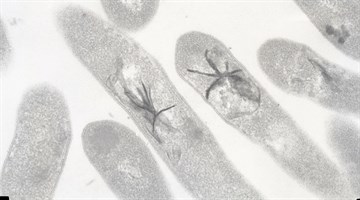TOMSK, Apr 4 – RIA Tomsk. Scientists of Tomsk State University (TSU) explained the reason of
lake disappearing in the Yamalo– Nenets Autonomous Okrug (YNAO) in 2016 in less
than a month; this happened so quickly due to the large difference in height of
the lake and the Taz Bay, the water went through the thawed soil, the press
service of the university reported on Thursday.
Earlier it was reported that TSU scientists are
studying the fertile soil in the depressions of the lakes of the Far North,
which have disappeared due to the melting of permafrost and thermal erosion of
the coast. Such basins are called khasyreys. Experts believe that research will
help to create a system of efficient farming, primarily – for growing feed for livestock and restoring
damaged land in northern latitudes.
It is noted that the staff of the Laboratory for
Biogeochemical and Remote Environment Monitoring Techniques of TSU discovered
khasyreys in the YNAO using satellite images. Usually, the formation of
khasyrey takes several decades. The same lake disappeared in one month in the
summer of 2016, which was quite hot. To find out where the water left, the
researchers went to the site. A survey of the basin showed that the lake went
into the Gulf of Ob of the Kara Sea – the Taz Bay through the thawed soil.
"Research within the framework of the project
funded by the RSF (Russian Science Foundation – Ed.), helped to obtain data on how fast the
water descent depends on the difference between the lake and the receiving
water body – another lake, river or sea.
In the case with the disappeared water body, this difference was very
considerable – about 15– 20 meters – and, most importantly, sharp", – is said in the statement.
© с сайта ТГУ
It is noted that, according to scientists, in the past
30 years, the formation of khasyrey in the north has become much more active,
the number of such sites has almost doubled. At the bottom of khasyrey there is
a large amount of mineral substances that feed the plants, thanks to which in
the tundra and forest tundra there appear "oases" with shrub– meadow
vegetation.
It is added that in 2018 scientists took samples from
ten swamps of the YNAO and found out that in the frozen part of the swamp the
concentration of useful substances is 20– 70 times higher than on the surface.
If the warming continues, that nutrients will pass into fertile soil. In 2019, the Arctic
research will continue.